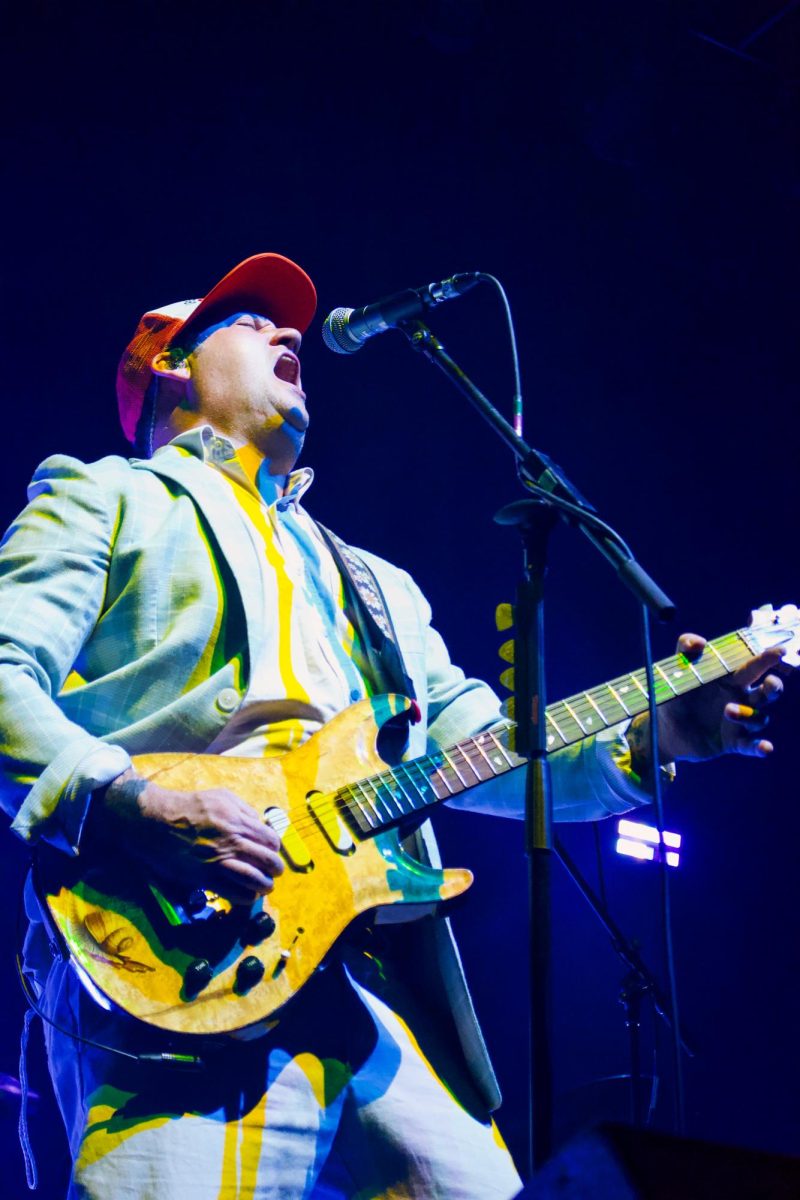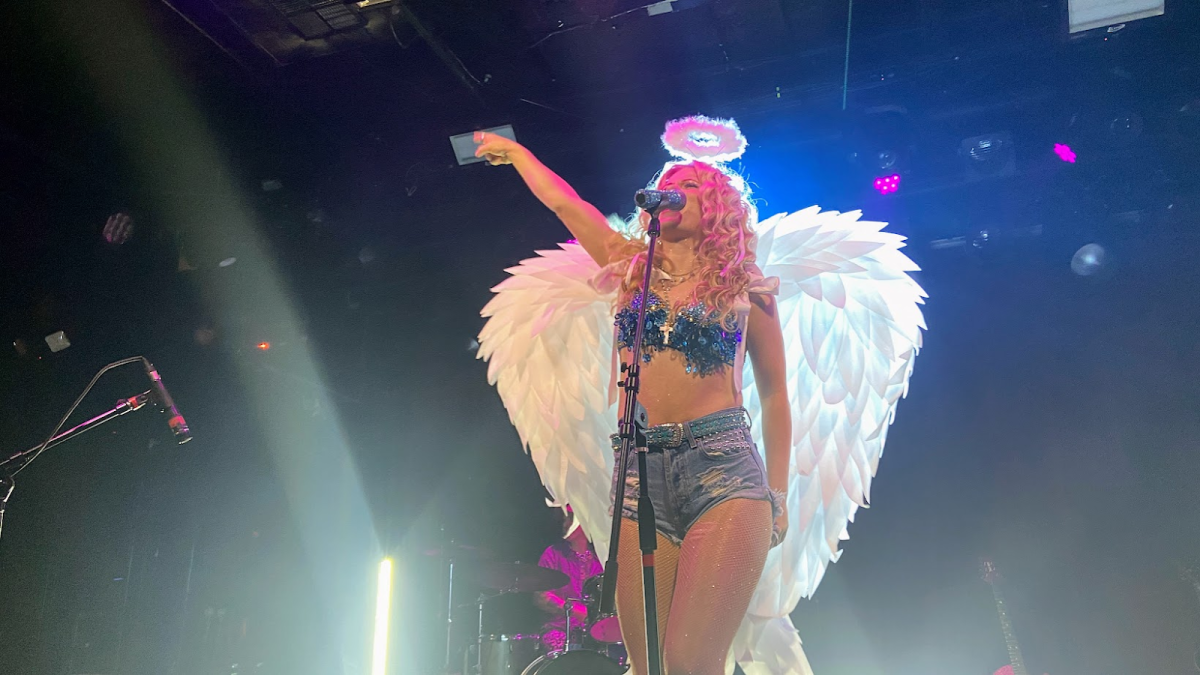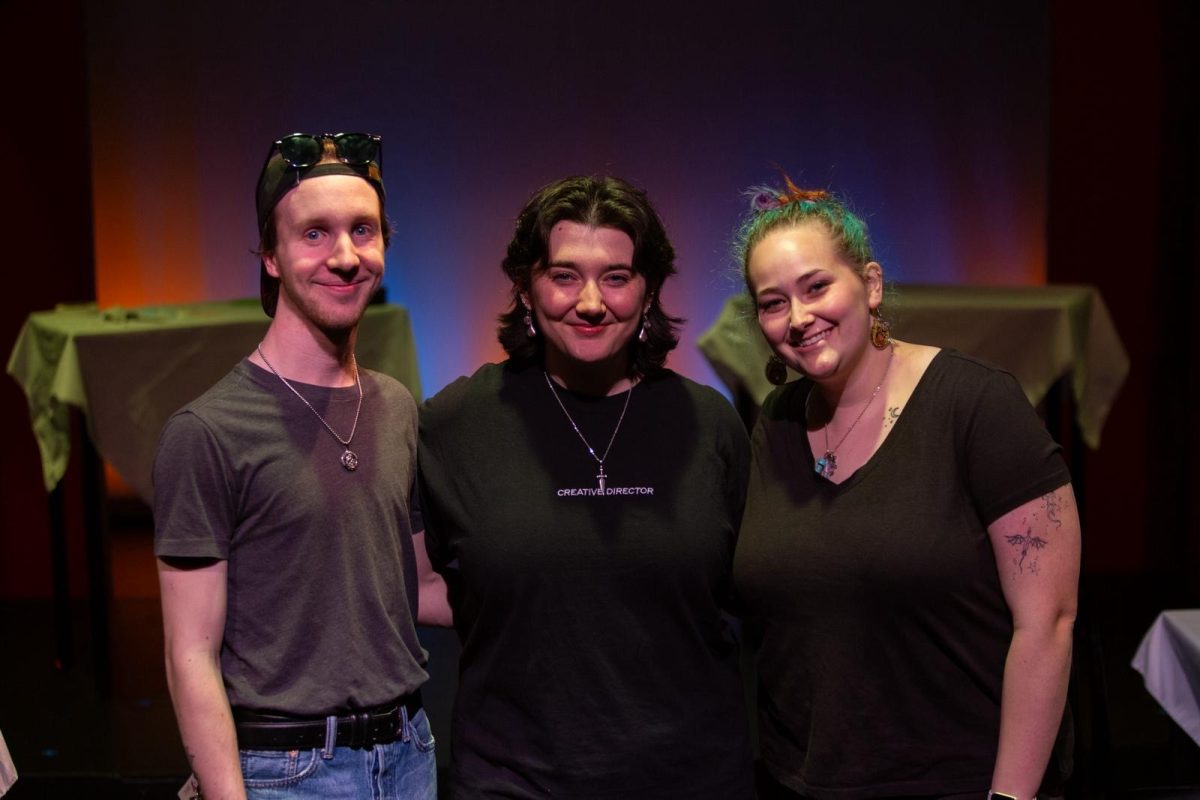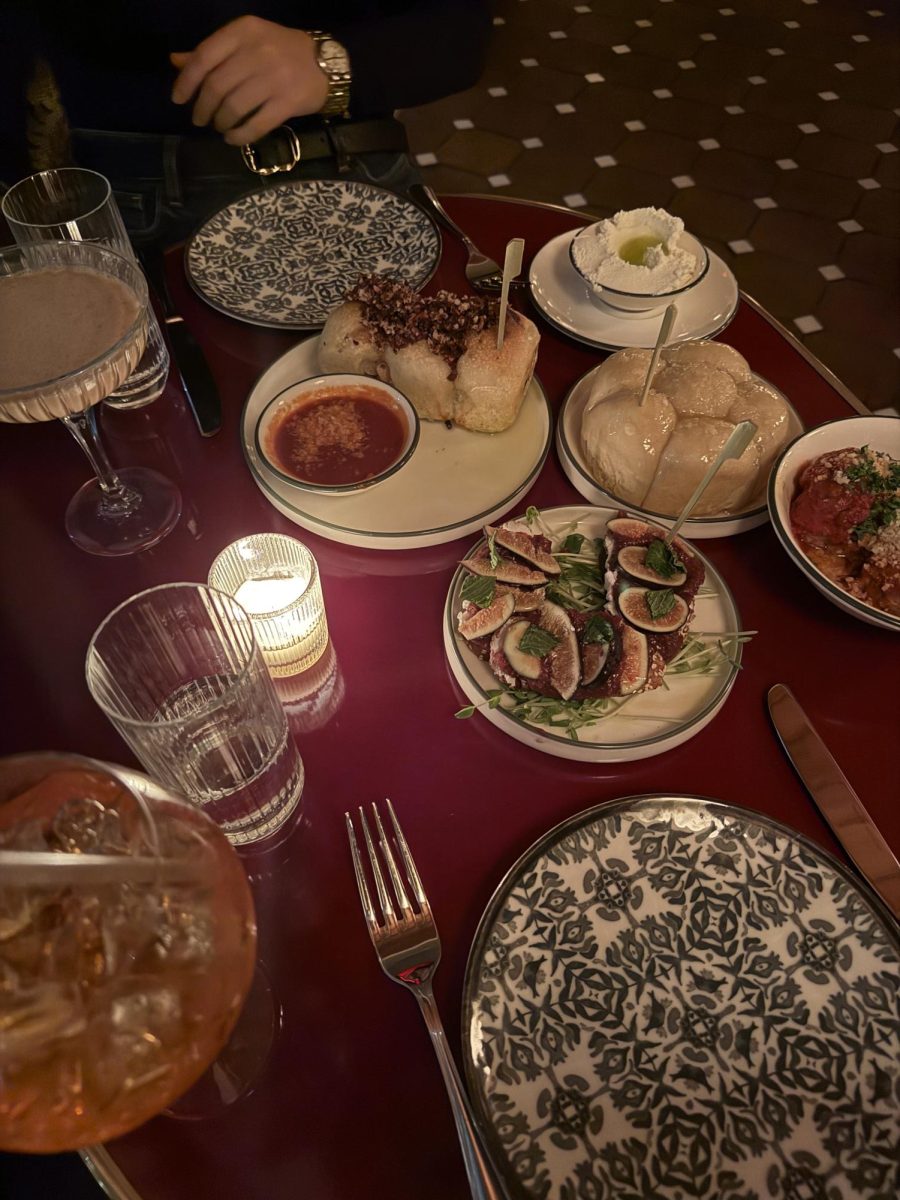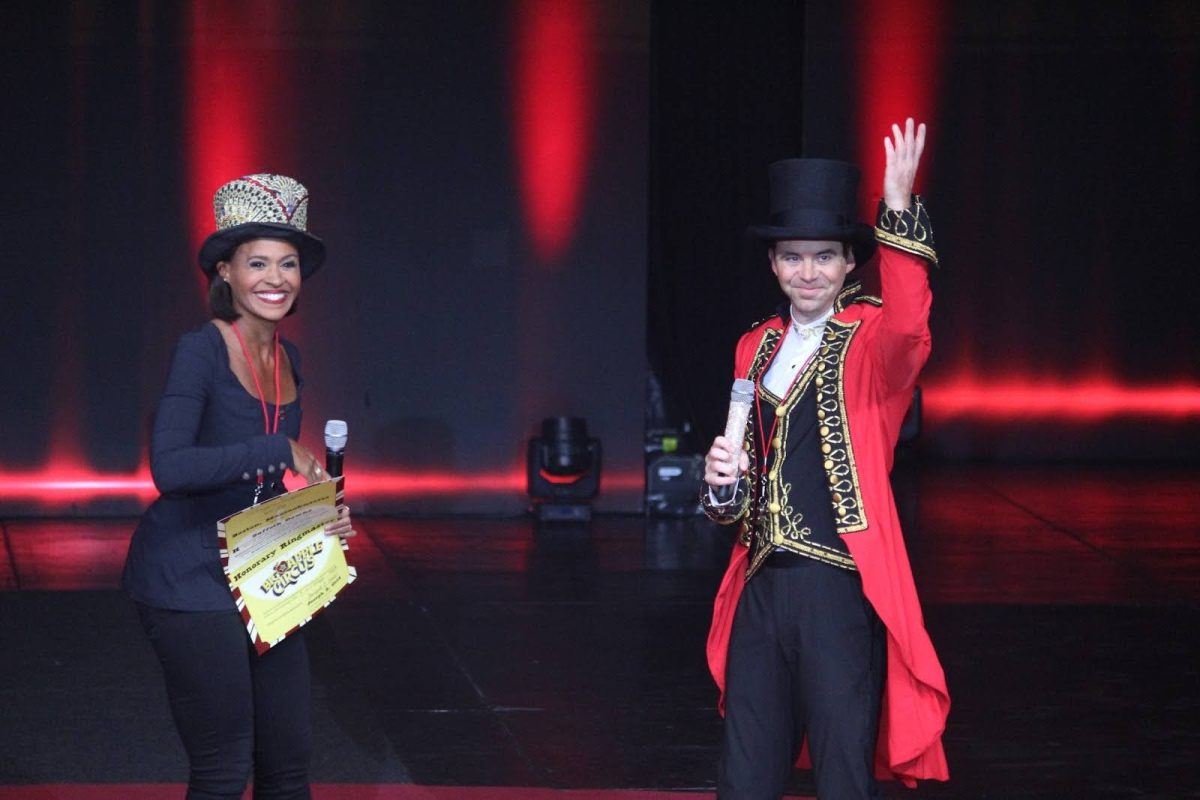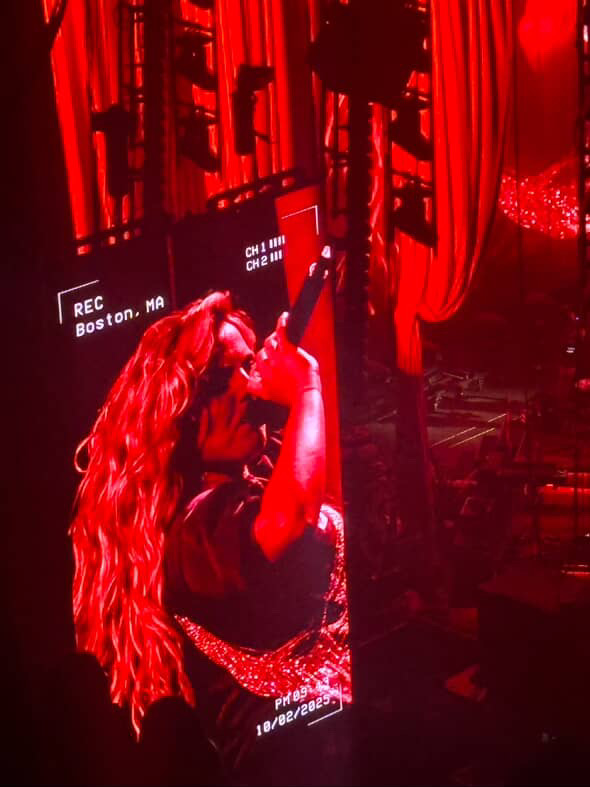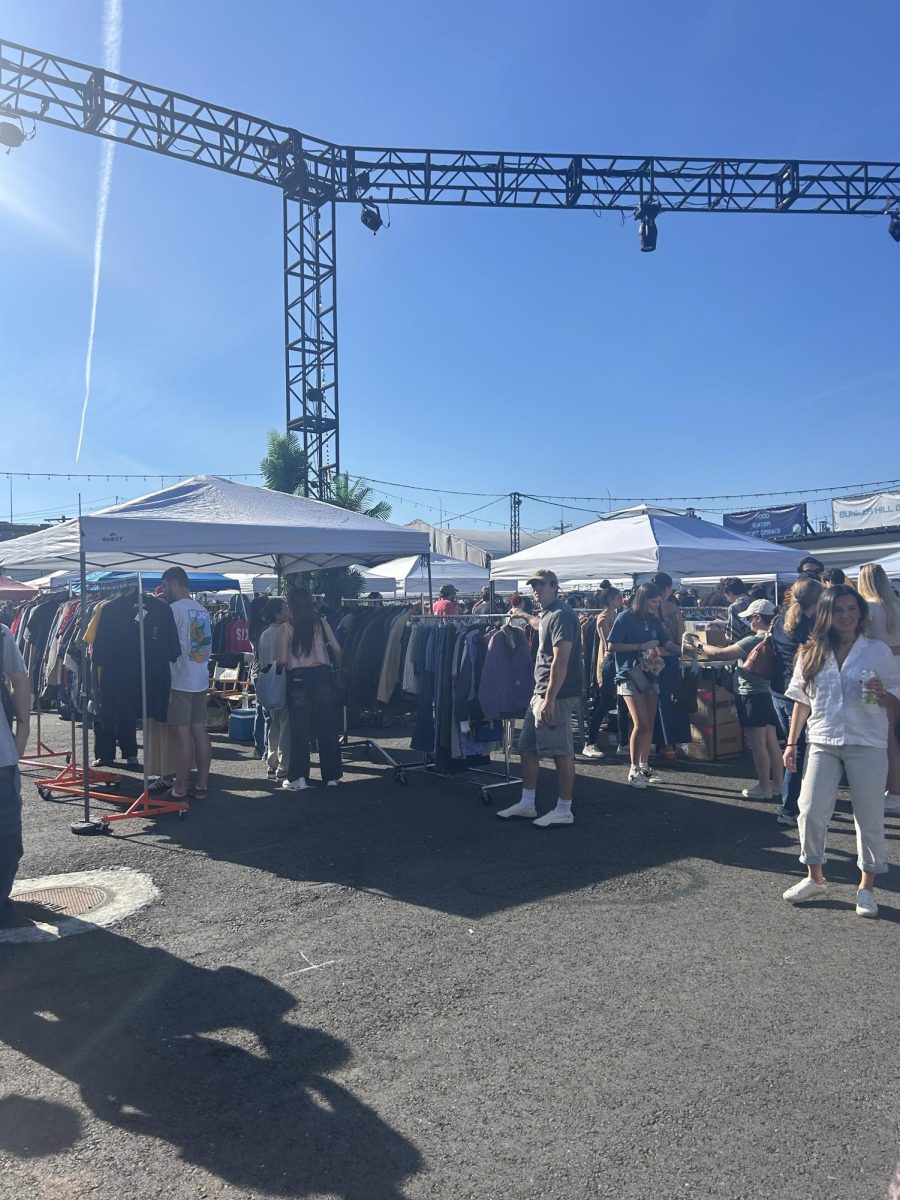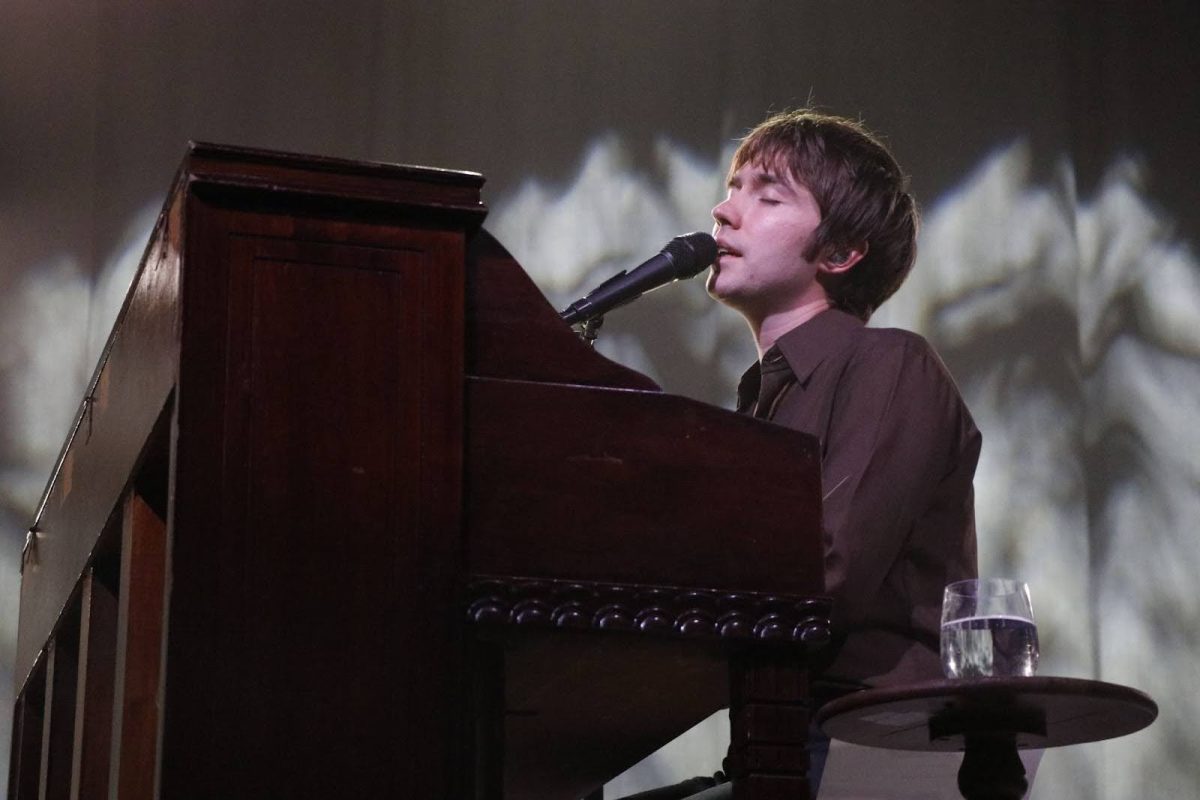By Abbey Wilson
Home to the annual dazzling holiday show, “The Nutcracker,” the Opera House is hosting the Boston Ballet’s latest spring production series, “Shades of Sounds,” which displays the company’s iconic and magnificent musicality and exhilarating choreography.
The repertoire, separated into three unique programs, “focuses on pushing the physical limits of the human body in a beautifully organic composition,” according to the Boston Ballet’s website. Wayne McGregor’s “Chroma” accompanied by music by Joby Talbot and American rock duo, The White Stripes, is the first of the riveting works followed by George Balanchine’s, “Episodes,” with music by Anton von Webern.
While the former productions certainly possess all of the elements of an outstanding composition the third segment, Hans van Manen’s “Black Cake” guided by music by P.I. Tchaikovsky, Leos Janácek, Igor Stravinsky, Pietro Mascagni, Jules Massenet, is the standout performance in the show for its graceful execution of a hilarious tipsy romp following six high society couples and one waiter in a party scene full of flirtatious dancing and celebratory drinking.
This performance was easily my favorite. The costumes were decorative, the women in dresses and the men in all black costumes that imitated suits. The backdrop contained dozens of sparkling lights, giving the illusion of stars. The whole piece had an air of lightheartedness and fun, punctuated by a hilarious “pas de deux,” a duet, in which a couple has what can only be described as a battle of wills. There was also a romantic feel to the piece that was warm and sweet. My favorite part of the performance was when all of the dancers appeared drunk, chasing after a waiter carrying a tray of full glasses, and looking mournfully after him as he walked offstage.
The company originally performed it in 2013, receiving standing ovations, and it was no different when I saw it. The show requires one of the largest groups of Boston Ballet Orchestra musicians ever to accompany a performance, with six percussionists playing in the opera boxes, according to their website.
The dancers are on a stage that has white walls and a cutout in the back that the dancers enter through. Their simple costumes consisting of simple leotards to compliment their skin tone, accented the simplicity of the piece.
The Boston Globe raved that the “dancers astonish with their mastery of the choreography, contorting this way and that with remarkable intensity.” The rock influences are apparent in the music and in the dancing, especially when compared to the next segment of the performance.
The next piece, entitled “Episodes,” is “a dazzling exhibition of the power of choreography, showing us, simultaneously, extraordinary physical feats and immense emotional possibilities,” according to Ballet Magazine. The performance is broken up into four separate dances, each corresponding to a different piece of music. This separation normally gives the whole performance a disjointed feel, but each piece was performed with such skill and grace that the transitions between pieces felt natural. The four pieces that were performed were “Symphony, Opus 21,” “Five Pieces, Opus 10,” “Concerto, Opus 24,” all by Anton von Webern and “Ricercata in Six Voices” from Bach’s “Musical Offering.” “Critical Dance” describes the work as a “brilliant visualization of Webern’s music that doesn’t just mimic it, but expands its impact.” The dancers were very much in sync with each other.Dressed in practice clothing of black leotards and white tights. This type of costuming classifies the piece as a “black and white” ballet, according to their website.
The entirety of the performance is a wonderful display of talent and athleticism, with many daring leaps and lifts. From the more traditional “Episodes,” to the modern “Chroma,” each piece has something for everyone. Held in the stunning Boston Opera House, the ballet offers a little magic and grandeur to distract from everyday life. It was truly a treat. “Shades of Sound” will run until March 29 and is not to be missed.


